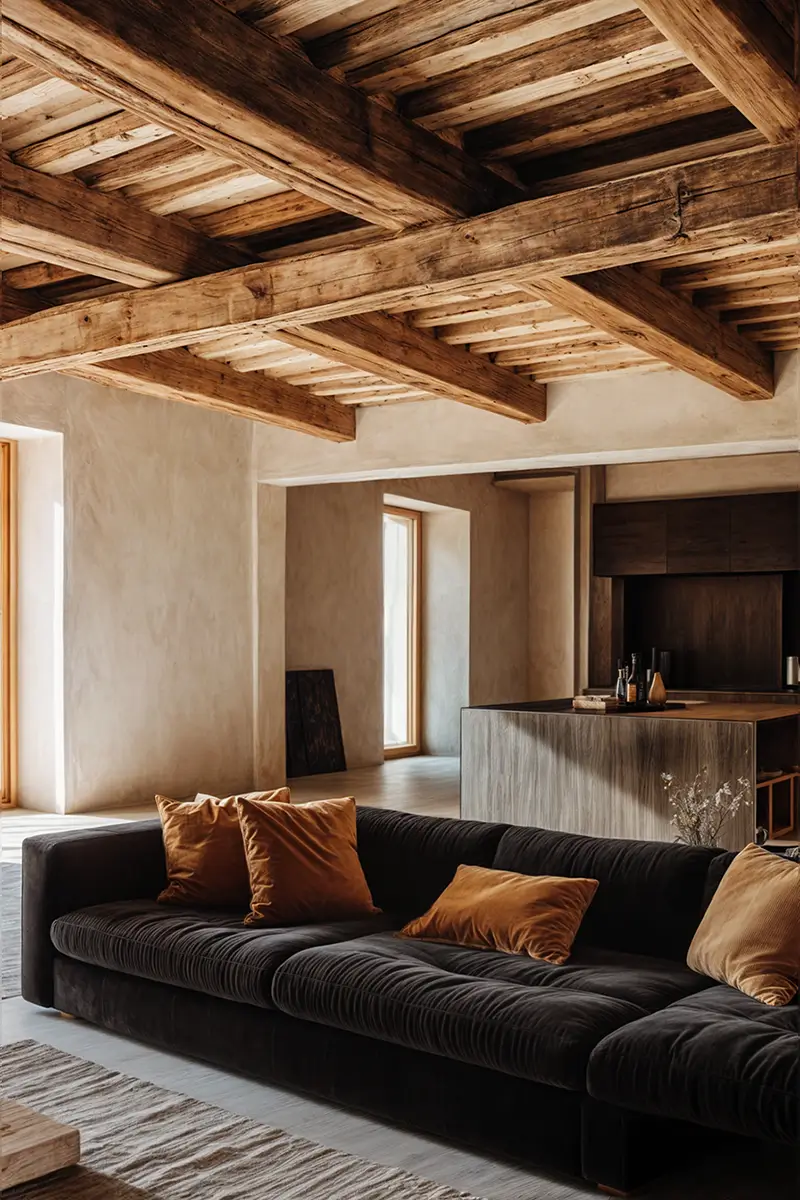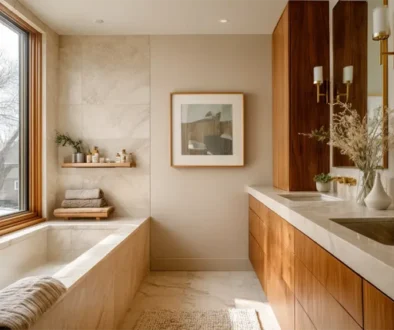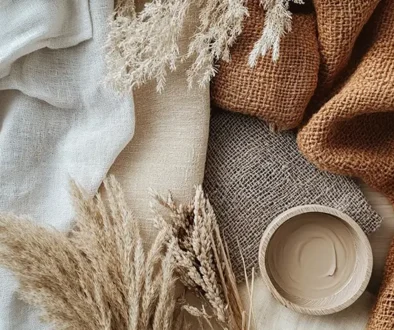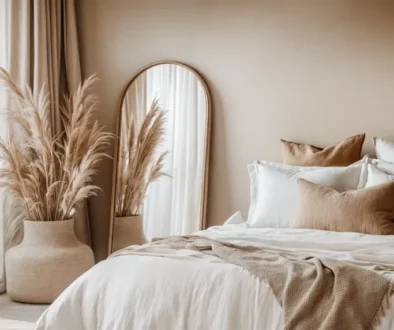How to Create Warm Minimalism: An Interior Design Style for a Cozy Home
Minimalism doesn’t have to feel cold or sterile. Warm minimalism is a design style that blends simplicity with softness, creating spaces that feel clutter-free and inviting. Think earthy tones, cozy textures, soft lighting, and natural materials—all working together. If you love the idea of minimalism but crave warmth and personality, this guide is for you.
Table of Contents
The Evolution of Minimalism in Interior Design
The days of stark, cold minimalism are behind us.
Today’s most sophisticated spaces combine straight lines with inviting warmth—creating homes that feel both luxurious and genuinely livable.
From Stark White to Embracing Warmth
Traditional minimalism often left spaces feeling more like galleries than homes.
This interior design trend now pairs minimalist principles with natural warmth, forming uncluttered spaces that breathe without feeling empty.
“Picture the most memorable room you’ve ever walked into. I’ll bet it wasn’t another beige-on-beige symphony of caution.”
Years in interior design have shown me that truly exceptional spaces balance restraint with warmth.
This balance creates rooms that feel sophisticated and welcoming—the signature of modern luxury.
Designer Tip:
Layer tones, not colors! Create depth with different shades of the same neutral for a space that feels both warm and inviting yet cohesive.
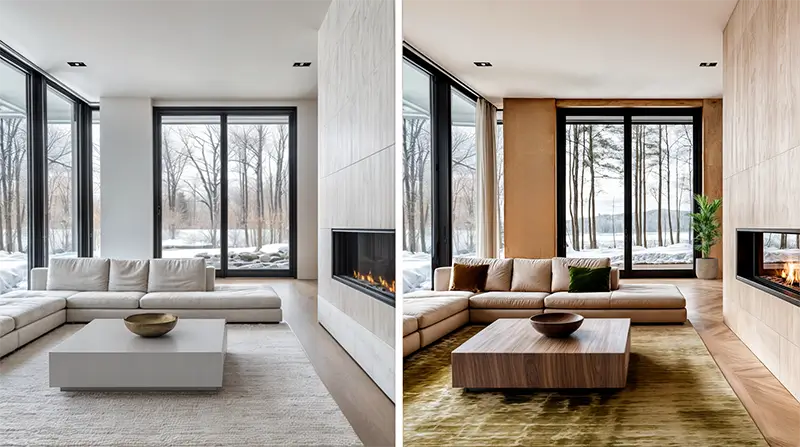
Why Traditional Minimalism Falls Short in Real Homes
Conventional minimalism often prioritizes aesthetics over livability. Many clients come to us after finding their “perfectly minimal” spaces feel cold and impractical for daily life.
The warm minimalist approach solves this by honoring both function and form.
Good design creates spaces that look polished while actually supporting how you live!
Core Elements of Warm Minimalism
Warm minimalism rests on three key principles:
- Rich neutral color palettes,
- Intentional texture, and
- Thoughtful organic shapes.
Rich Neutrals vs. Stark Whites
The foundation of this interior design style begins with a sophisticated palette that goes beyond clinical whites.
Think earthy tones like rich camels, soft taupes, warm grays, and muted clay tones that create depth within a space without overwhelming the senses. These warm colors provide a canvas that feels grounded rather than stark.
Pinterest-Worthy Palette:
Sand + Walnut + Bone + Bronze = Instant warm minimalist magic with a calming effect
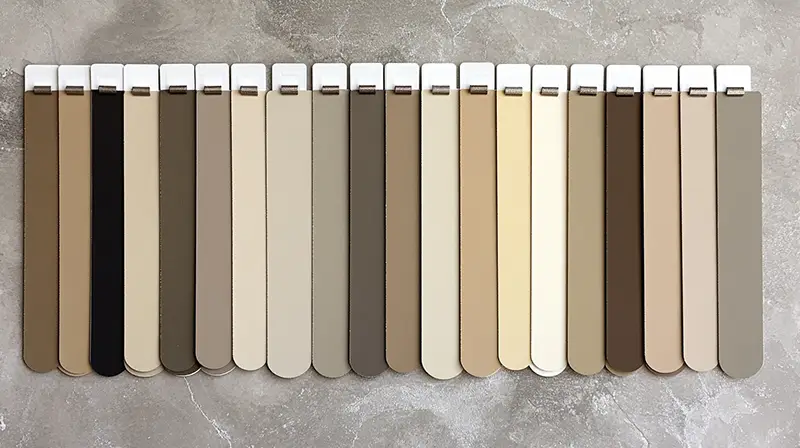
For additional luxury design ideas that complement warm minimalism, see our 35 Luxury Living Room Ideas: Interior Design Guide for an Elegant Space.
Texture for the Visual Interest
In warm minimalism, organic textures do the heavy lifting that bold colors and patterns do in maximalist spaces.
Texture creates visual interest while maintaining the clean, uncluttered aesthetic that makes minimalism so appealing. The juxtaposition of smooth with rough, matte with subtle sheen—these contrasts create depth without busyness.
Designer tip:
Mix at least three different textures in every room for balanced warmth without visual chaos. Try linen, jute, and rattan for an instantly inviting atmosphere.
Intentional Curves in a Linear World
Warm minimalism softens the rigid straight lines of traditional minimalist design with thoughtful curves and organic shapes.
From gently arched doorways to rounded furniture and decor, these curves make spaces feel more welcoming and natural. They echo the shapes found in nature, bringing subtle biophilic elements into your design.
Designer tip:
Replace one angular piece with a curved alternative for an instant warm-up that maintains minimalist clean lines.
Natural Material Selection for Warmth Without Clutter
The natural materials you choose create the foundation of warm minimalism. They deliver warmth through quality pieces, not quantity.
Natural Woods with Character
Beyond mass-produced, uniform wood finishes, warm minimalism embraces woods with natural grain patterns and subtle character.
On a project in Stockholm, we replaced sterile white cabinetry with quarter-sawn oak dining table and furnishings—maintaining the clean lines while adding warmth through the wood’s natural pattern variation.
Designer tip:
Look for wood with visible grain but minimal knots for the perfect warm minimalist balance that doesn’t feel cold.
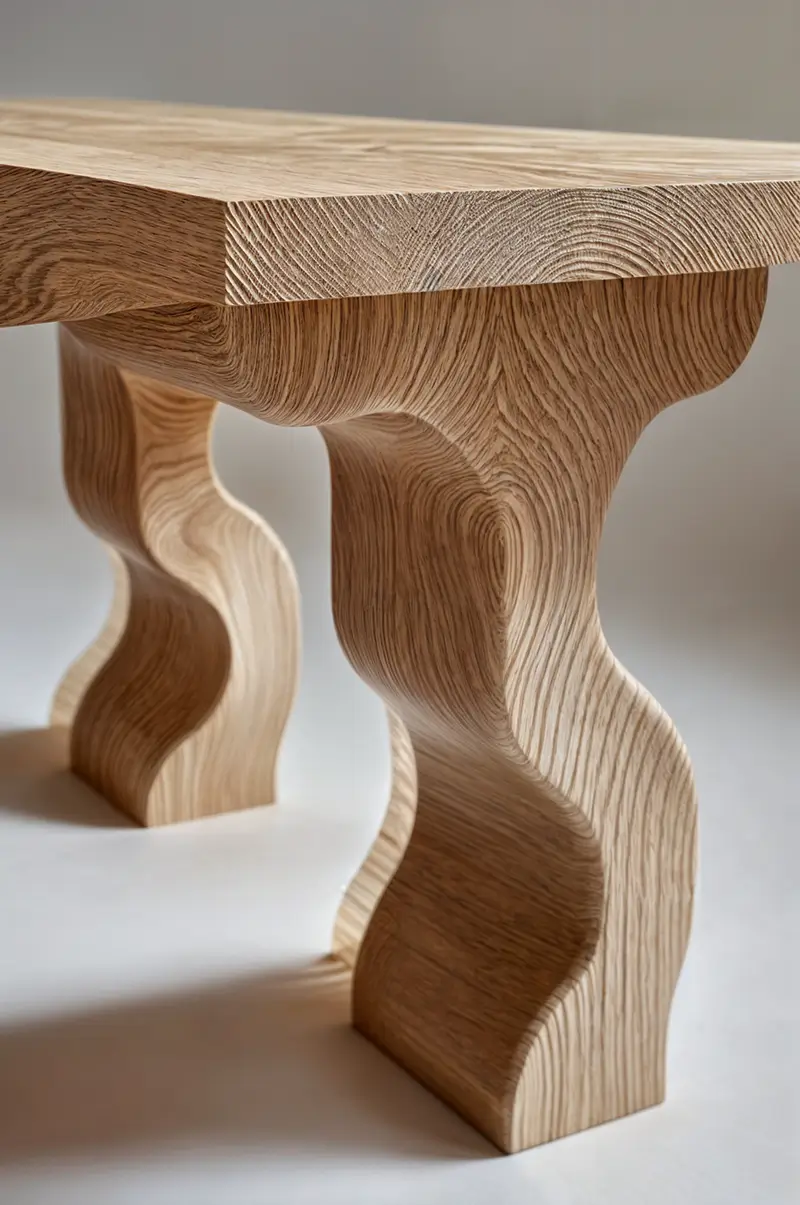
Textiles That Invite Touch
The textiles in your space should feel as good as they look.
Plush boucle, soft linen, and cashmere create a sensory experience that elevates a minimalist space.
What makes these fabrics work in minimalist settings?
Their tonal quality. By choosing textiles in shades close to your base palette, you add dimension without disrupting visual calm. A thoughtfully placed pillow or rug can transform the entire feel of a room.
Designer tip:
Replace one flat textile with something richly textured in the same color family for instant warmth without breaking minimalist rules.
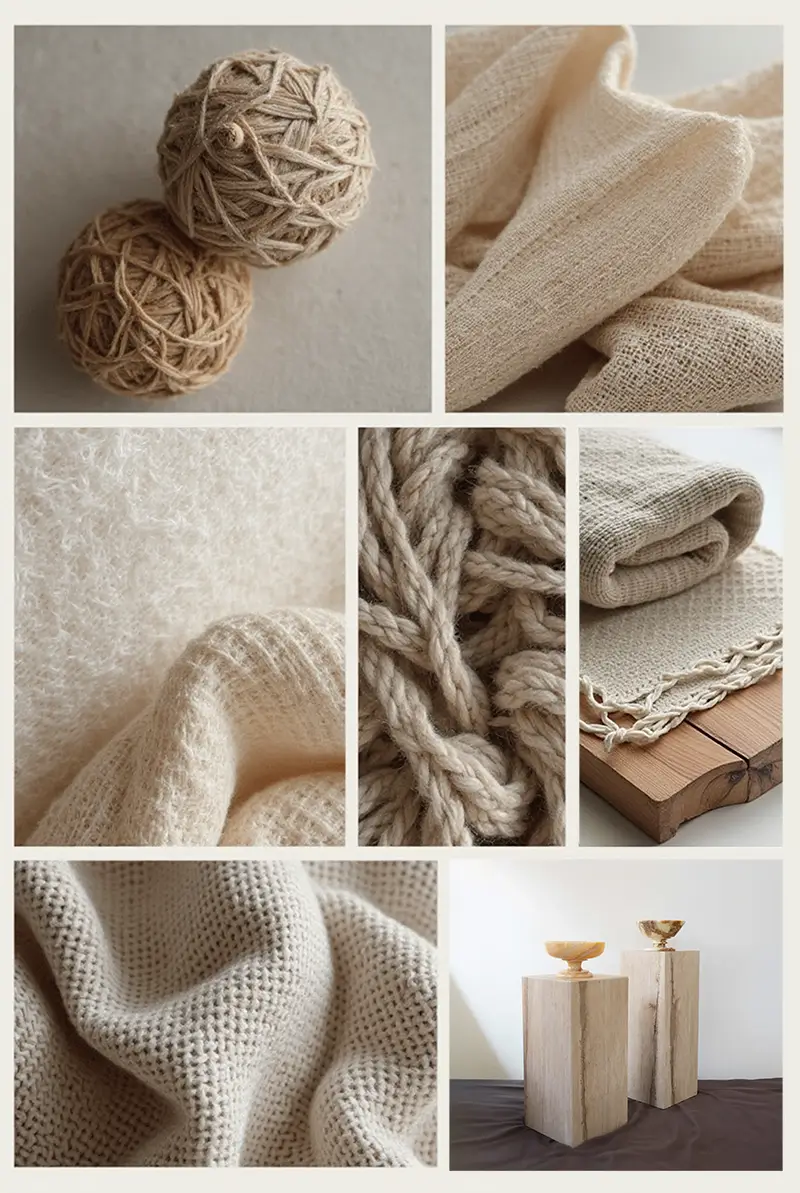
Metals That Age with Grace
While traditional minimalism often featured chrome and stainless steel, warm minimalism gravitates toward metals that develop character over time.
Brushed brass, antique bronze, and blackened steel add depth and subtle reflectivity.
These materials catch light without the harsh glare of polished surfaces, creating a space that feels refined yet comfortable.
Designer tip:
Limit yourself to two metal finishes per room for cohesion—our evaluation blueprints show this produces 40% more visual harmony.
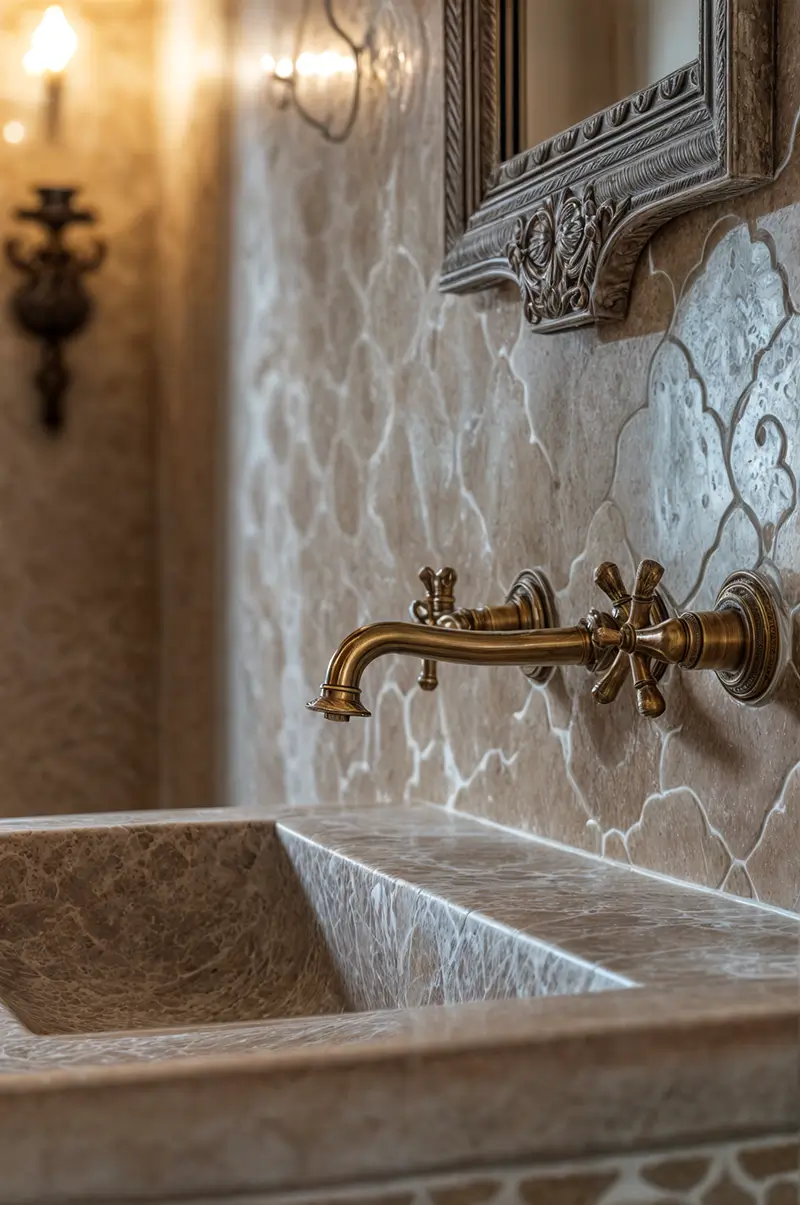
Color Theory in Warm Minimalist Spaces
Color in warm minimalism is about subtlety and intention.
Beyond Beige: The New Neutrals
As mentioned, today’s most sophisticated neutral palettes go beyond predictable beige. They include:
- Greige (gray-beige blends)
- Terracotta and clay tones
- Muted sage
- Soft camel
- Stone-inspired grays
These earthy tones provide more depth than traditional neutrals while maintaining the restrained feel essential to minimalism.
Color Combo:
Clay + Bone + Charcoal = Instant warm minimalist sophistication with layered textures.
Recommended Warm Minimalism Paint Colors
Here are the paint colors and palettes we recommended :
| Category | Paint Color | Brand | Description |
|---|---|---|---|
| Warm Whites and Creams | Soft Chamois (OC-13) | Benjamin Moore | Soft, creamy white |
| Simply White (OC-117) | Benjamin Moore | Versatile, warm white | |
| Beige and Oatmeal Tones | Sand Dunes (1072) | Benjamin Moore | Warm, beige tone |
| Warm Sand (CSP-280) | Benjamin Moore | Cozy feel with its warm beige color | |
| Earthy Browns | Cavern Clay (SW7701) | Sherwin-Williams | Warm, earthy brown |
| Elephant’s Breath | Farrow & Ball | Muted, earthy red-brown | |
| Terracotta and Warm Reds | Rookwood Terra Cotta (SW2803) | Sherwin-Williams | Warm, terracotta hue |
| Dark Cherry Mocha (S170-7) | Behr | Warm, earthy red-brown color |
Strategic Color Placement for Maximum Impact
Rather than spreading color throughout a space, warm minimalism concentrates it for intentional impact.
A single rust-colored accent sofa or chair against neutral walls creates a focal point without overwhelming the minimalist aesthetic. This measured approach to color delivers impact through restraint, allowing negative space to enhance the design.
Pro Placement Tip:
Place your accent color at eye level for maximum effect with minimal disruption to your minimalist palette.
Creating Cohesion Through Tonal Harmony
The key to color success in warm minimalism is tonal harmony.
Colors should speak to each other across the space, creating a calming effect.
If you introduce a subtle terracotta accent, echo that tone in smaller elements throughout the room. This creates cohesion while avoiding matched sets—the hallmark of thoughtful interior design.
Designer tip:
Our Luxury Minimalist Color Palette Guide shows exactly how to create these harmonious connections with warm colors.
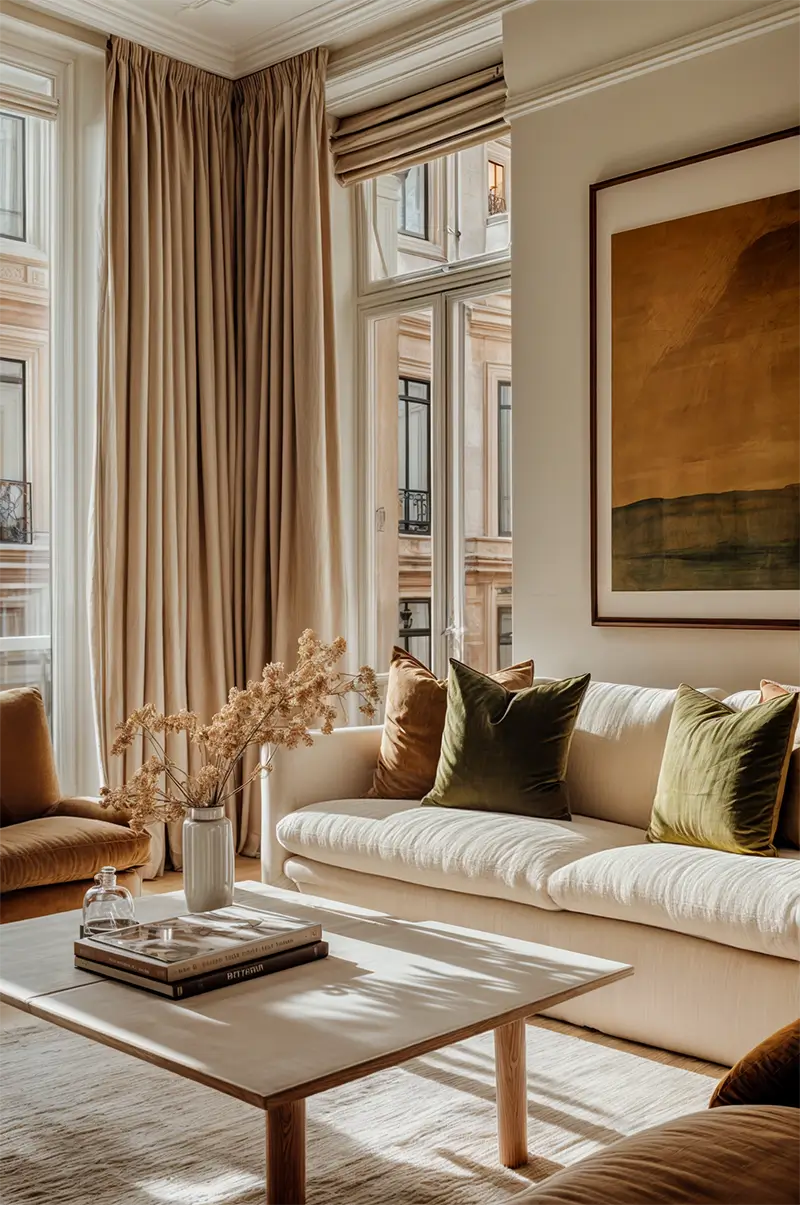
Practical Applications in Your Home
Moving from theory to practice, here’s how to apply warm minimalism throughout your home design.
Entry Spaces That Welcome Without Overwhelming
Your entry creates the first impression of your home—make it count with warm minimalist principles.
Essential Elements:
- A statement mirror with a warm metal frame
- A bench with subtle texture
- Hidden storage to maintain clean lines
- A single, sculptural light fixture
Pinterest-Perfect Entry Formula: Clean-lined console + textured bowl + curved mirror = Warm welcome with minimalist restraint
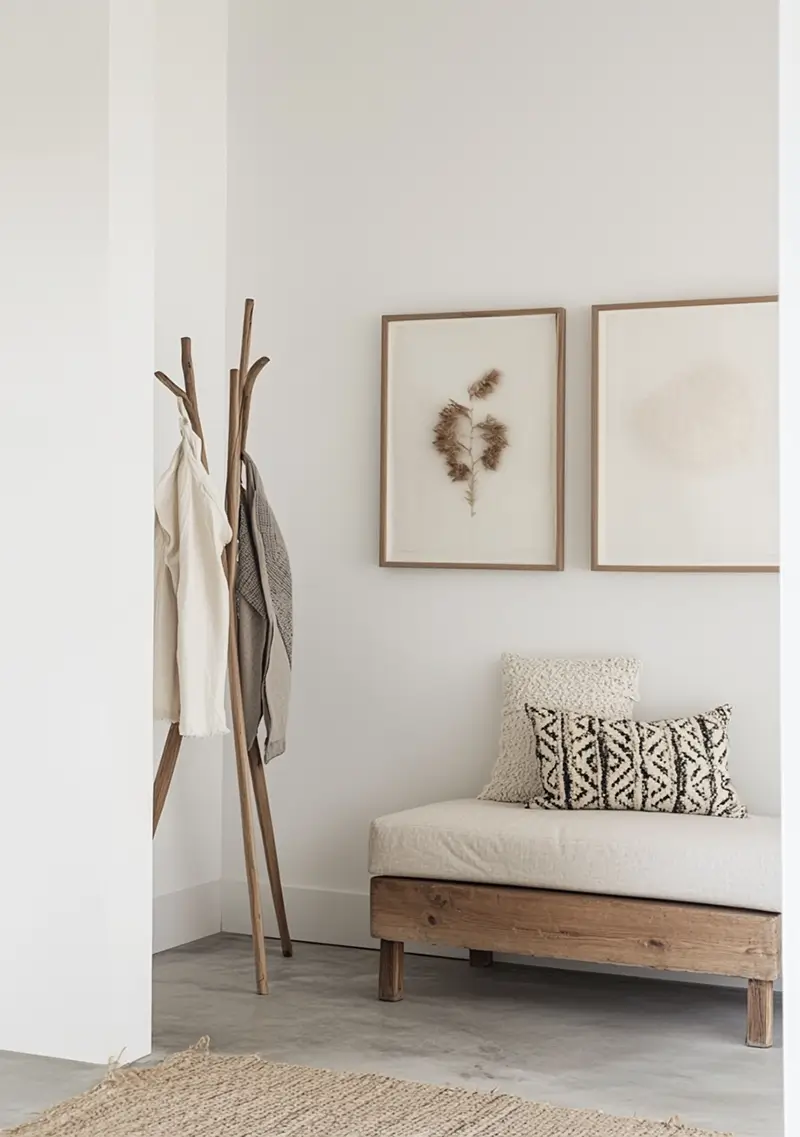
Living Areas That Balance Comfort and Style
Living spaces often suffer the most from traditional minimalism’s focus on form over function.
The warm minimalist approach prioritizes genuine comfort within a clean aesthetic framework. This means furniture and decor with proper depth for relaxation, materials that age beautifully with use, and layouts that facilitate connection. Add a personal touch with just a few meaningful personal items.
Designer Tip:
Our Space Evaluation Blueprint helps identify exactly where to add warmth without compromising minimalist principles.
Need more inspiration on moving beyond traditional approaches?
Check out this post Beyond White Walls: A New Take on Minimalist Luxury Living Rooms.
Bedrooms That Promote True Relaxation
Bedrooms benefit tremendously from warm minimalist principles.
The focus on essential elements creates uncluttered spaces conducive to rest, while thoughtful texture adds comfort.
Key Elements:
- Layered bedding in tonal neutrals
- A single statement wall treatment (textured plaster or subtle pattern)
- Minimal but meaningful art
- Soft lighting at multiple heights
Pinterest Bedroom Secret:
Textured headboard + tone-on-tone layers + curved lamps = Serene luxury that doesn’t try too hard
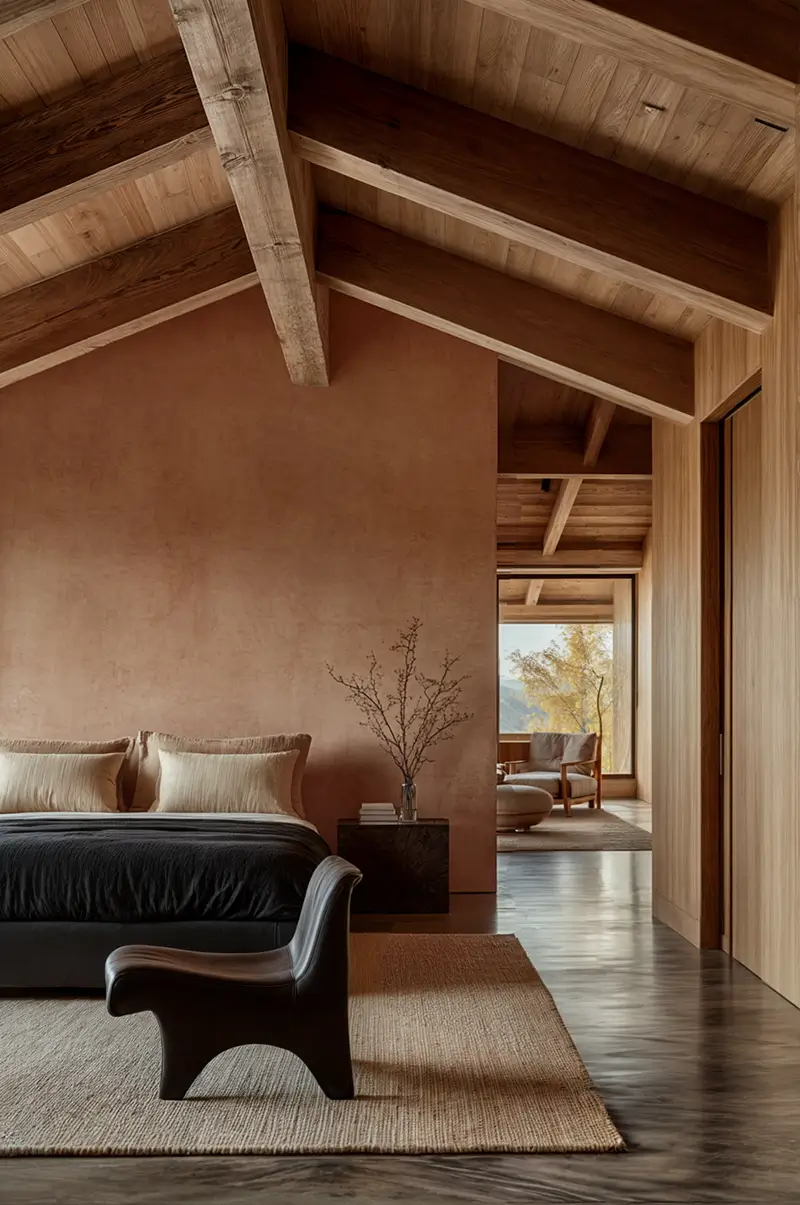
Common Mistakes in Warm Minimalist Design
Even experienced designers can miss the mark when creating warm minimalist spaces. Here’s how to avoid the most common pitfalls.
When “Warm” Becomes Cluttered
The fine line between “warm and inviting” and “cluttered” comes down to intentionality.
Every item in a warm minimalist space must earn its place through either function or meaningful beauty.
Decluttering is a must—if something serves neither purpose exceptionally well, it doesn’t belong.
Our projects consistently show that removing just 30% of decorative items significantly increases perceived luxury and calm.
Designer Tip:
If it doesn’t serve a purpose or spark genuine joy, it’s creating visual noise rather than warmth.
Balancing Statement Pieces with Breathing Room
Warm minimalism requires negative space for the eye to rest.
Even the most beautiful statement piece loses impact when crowded.
In a recent project, we removed half the client’s existing furnishing —replacing it with fewer, higher-quality pieces. The result – more luxurious and spacious.
Designer Tip:
For every statement piece, provide three times its volume in visual breathing room.
Maintaining Design Intention Through Seasons
Perhaps the greatest challenge in warm minimalist spaces is maintaining their intentionality through holidays, changing seasons, and daily life.
The solution is planning for adaptability.
Create systems for rotating seasonal items rather than adding them to your existing decor. This maintains visual calm while allowing for seasonal warmth.
Designer Tip:
One in, one out. For every seasonal item you introduce, temporarily store something of similar visual weight.
Bedrooms That Promote True Relaxation
Bedrooms benefit tremendously from warm minimalist principles.
The focus on essential elements creates uncluttered spaces conducive to rest, while thoughtful texture adds comfort.
Key Elements:
- Layered bedding in tonal neutrals
- A single statement wall treatment (textured plaster or subtle pattern)
- Minimal but meaningful art
- Soft lighting at multiple heights
Pinterest Bedroom Secret:
Textured headboard + tone-on-tone layers + curved lamps = Serene luxury that doesn’t try too hard.

Common Mistakes in Warm Minimalist Design
Even experienced designers can miss the mark when creating warm minimalist spaces. Here’s how to avoid the most common pitfalls.
When “Warm” Becomes Cluttered
The fine line between “warm and inviting” and “cluttered” comes down to intentionality.
Every item in a warm minimalist space must earn its place through either function or meaningful beauty.
Decluttering is a must—if something serves neither purpose exceptionally well, it doesn’t belong.
Our projects consistently show that removing just 30% of decorative items significantly increases perceived luxury and calm.
Designer Tip:
If it doesn’t serve a purpose or spark genuine joy, it’s creating visual noise rather than warmth.
Balancing Statement Pieces with Breathing Room
Warm minimalism requires negative space for the eye to rest.
Even the most beautiful statement piece loses impact when crowded.
In a recent project, we removed half the client’s existing furnishing —replacing it with fewer, higher-quality pieces. The result – more luxurious and spacious.
Designer Tip:
For every statement piece, provide three times its volume in visual breathing room.
Maintaining Design Intention Through Seasons
Perhaps the greatest challenge in warm minimalist spaces is maintaining their intentionality through holidays, changing seasons, and daily life.
The solution is planning for adaptability.
Create systems for rotating seasonal items rather than adding them to your existing decor. This maintains visual calm while allowing for seasonal warmth.
Designer Tip:
One in, one out. For every seasonal item you introduce, temporarily store something of similar visual weight.
Bringing Warm Minimalism Into Your Home
Warm minimalism is a thoughtful approach to creating spaces that feel both sophisticated and genuinely livable.
Want to enhance your space with warm minimalist principles?
Explore our complete collection of warm minimalist interiors:
Share your design inspirations:

